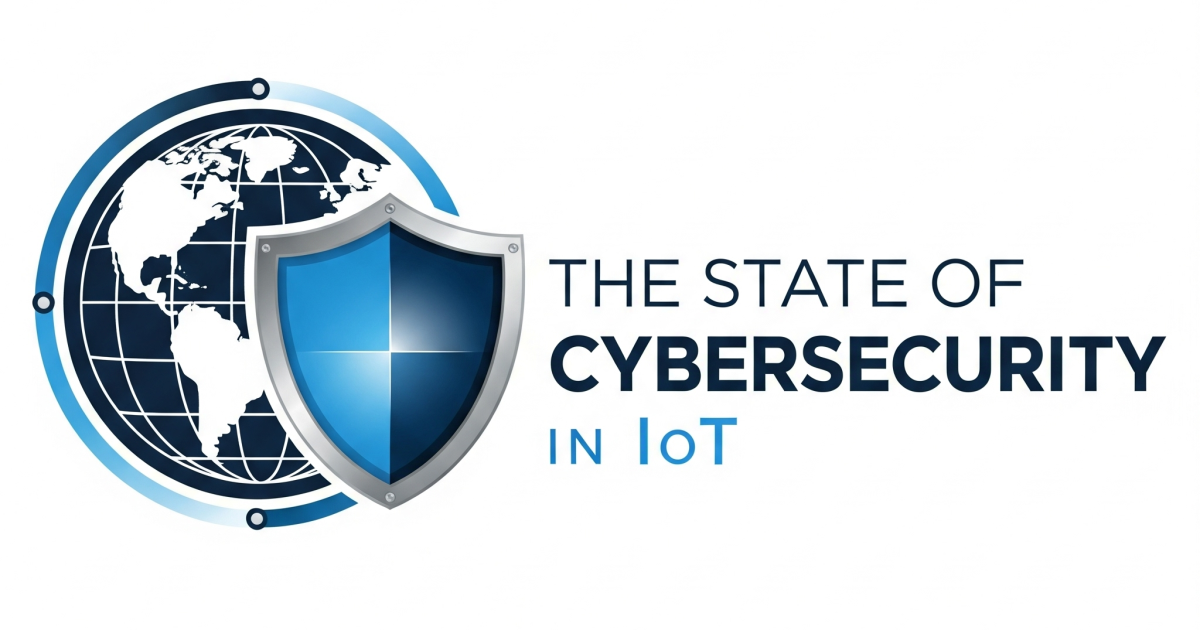In a recent announcement, Avaya dropped a new solution designed to help companies mitigate cyberattacks that can occur through IoT connected devices. This security and management solution, Avaya Surge, formerly SDN Fx Healthcare, is designed to run on any vendor network and enable companies to protect valuable data from unauthorized access through IoT devices.
Attacks and breaches resulting from IoT devices are expected to escalate over the next several years as more and more connected devices offer entry points. In fact, we spent several hours discussing how to mitigate it at the recent IoT Evolution Expo Security Summit.
“IoT security is becoming a major concern for our organization. At the same time, we are concerned that the nature of securing so many devices will be complex and expensive. We have trialed the Avaya Surge solution and believe that it will enhance our IoT security toolset without further complexity,” said Ben Vickers, Director, IT, ProMedica.
Avaya Surge is offering a solution designed to reduce complexity and cost while improving the process of tightly securing and managing thousands of devices. It does so by pairing the IoT edge device with a small adapter to make it an intelligent network node through which it can centrally control security and management. Once implemented, Avaya Surge delivers the following core capabilities: HyperSec zoning to isolate and filter traffic from device to destination; providing the elasticity needed for securing the everywhere perimeter; learning and updating from traffic flows to provide continuous, ongoing security improvement.
“What we saw in our research with early Avaya Surge adopters was a complete elimination of hands-on IT staff time in installing or moving networked medical equipment -- anyone could plug a new device into the network and move devices from place to place, confident in the network's ability to secure them properly,” said John E. Burke, CIO and Principal Research Analyst, Nemertes Research. “Some were expecting to also reduce wiring and switching costs in medical spaces, by as much as 60 percent, through elimination of ‘color-coded-by-VLAN’ wiring practices; others were anticipating reducing the number of firewalls deployed in their LAN environments by as much as 97 percent through use of Avaya Surge.”
Edited by
Alicia Young





